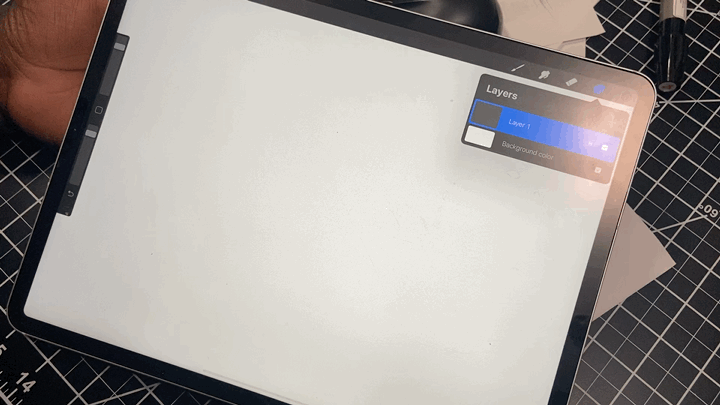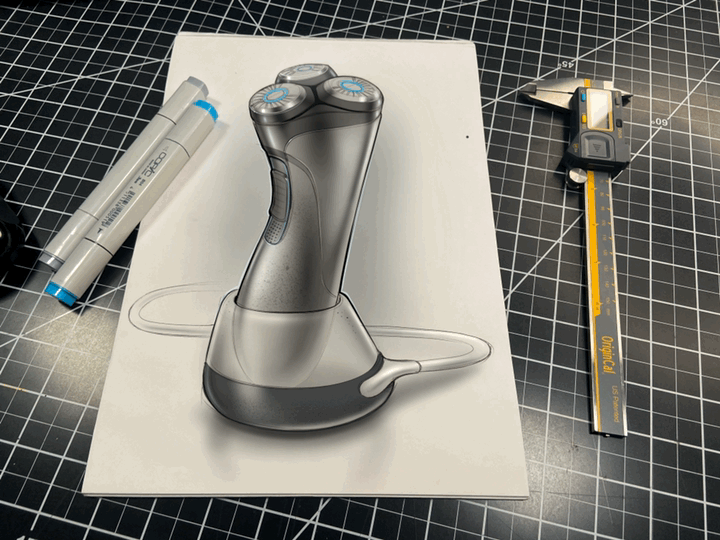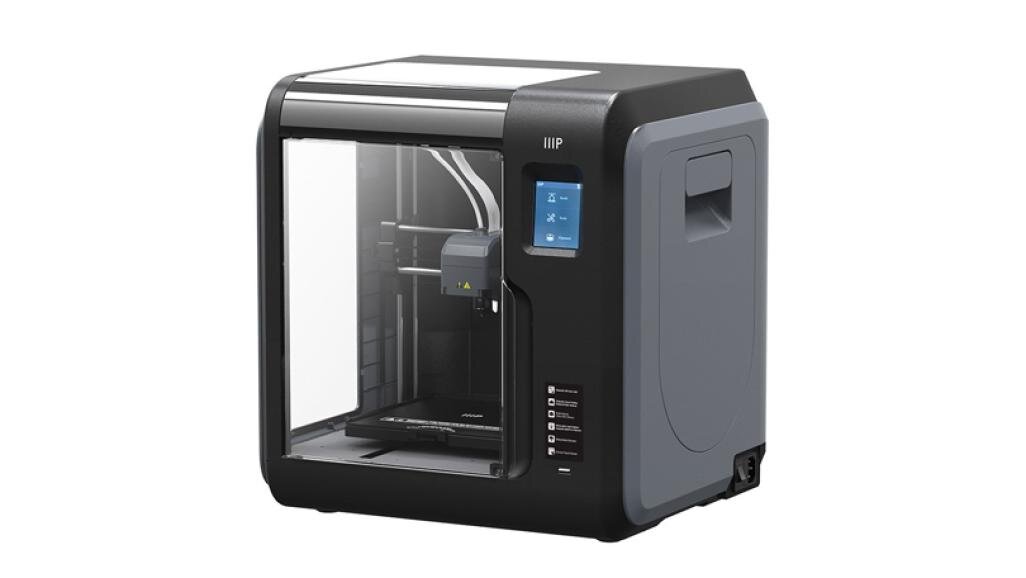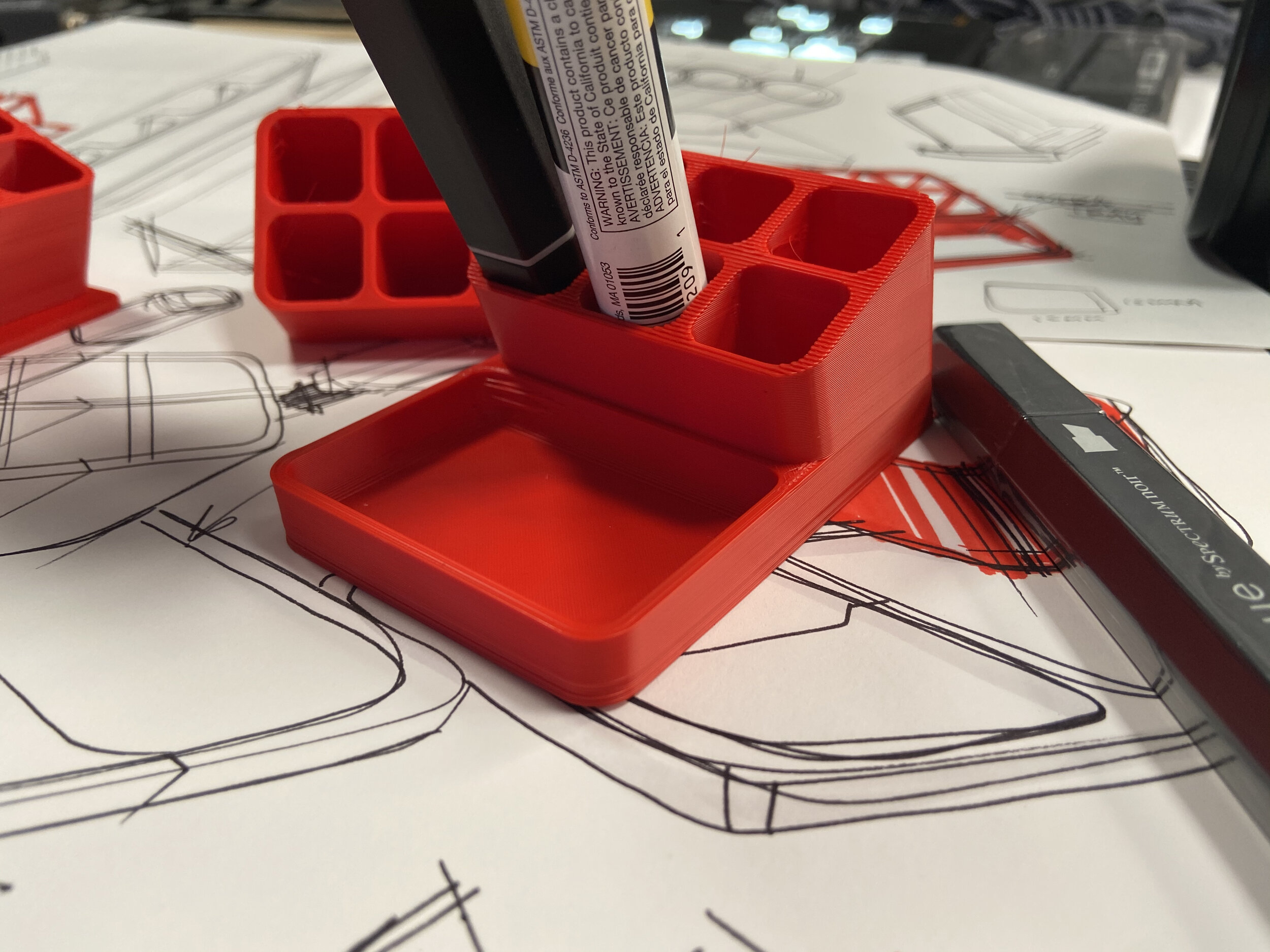Advanced Design Interview and Discussion with Brett Lovelady
This week, thanks to Hector Silva of Advanced Design, I had the chance to sit and chat with Brett Lovelady, founder of the world class design firm, Astro Studios, and I had a blast catching up, but also reminiscing a bit.
Years ago in college, I was walking in the hallway of the junior studio when my professor at the time said, “hey do you have portfolio ready?” Fortunately, I did! I’d worked on a small teaser portfolio, not anticipating that I would apply for an internship then. I was a sophomore and at my college at the time, student’s didn’t typically go on internships in their second year — the foundational skills were still being set like wet concrete. Talk about timing!
My professor said a company called Astro Studios was hiring. At the time, I had no idea about the adventure ahead and what it would mean for my whole life. There was a catch, though… the internship would last 6 weeks. “The summer isn’t six weeks”, I thought to myself. What then? I accepted the offer and set off to get ready to head to San Francisco. It didn’t help that I was broke and at the time had to fork over money for some damage I had caused to a friends vehicle. I didn’t even know where I was going to live!
When I got to Astro Studios, I was told that there was no desk for me, like the other interns who would be coming to replace me in a few weeks. No worry though. No egos hurt. I was determined to make the BEST of the time I had there, I remember working hard and giving it my best. I was the bagel guy and recycling intern as well! I wanted to show them that I was more than just the filler. So, I sat at the conference table with my supplies being mentored by some of the best designers San Francisco had to offer, of whom I still consider dear friends and astro “family”.
In the mean time, I was working on an enhanced portfolio and applying to other internships. I heard from Target in Minneapolis and received an offer. This was a few weeks into my internship, and I remember speaking with my friend and co-worker, Ian Myles, about it. He said to me upon hearing my intention to leave, “why are you leaving? WE LOVE YOU”. Brett Lovelady also emphatically wanted me to stay — he has been a mentor and help for much of my career as well as a friend and supremely positive influence in my life.
I’m grateful for the chance I had to co-host this discussion on Advanced Design. Check it out!










